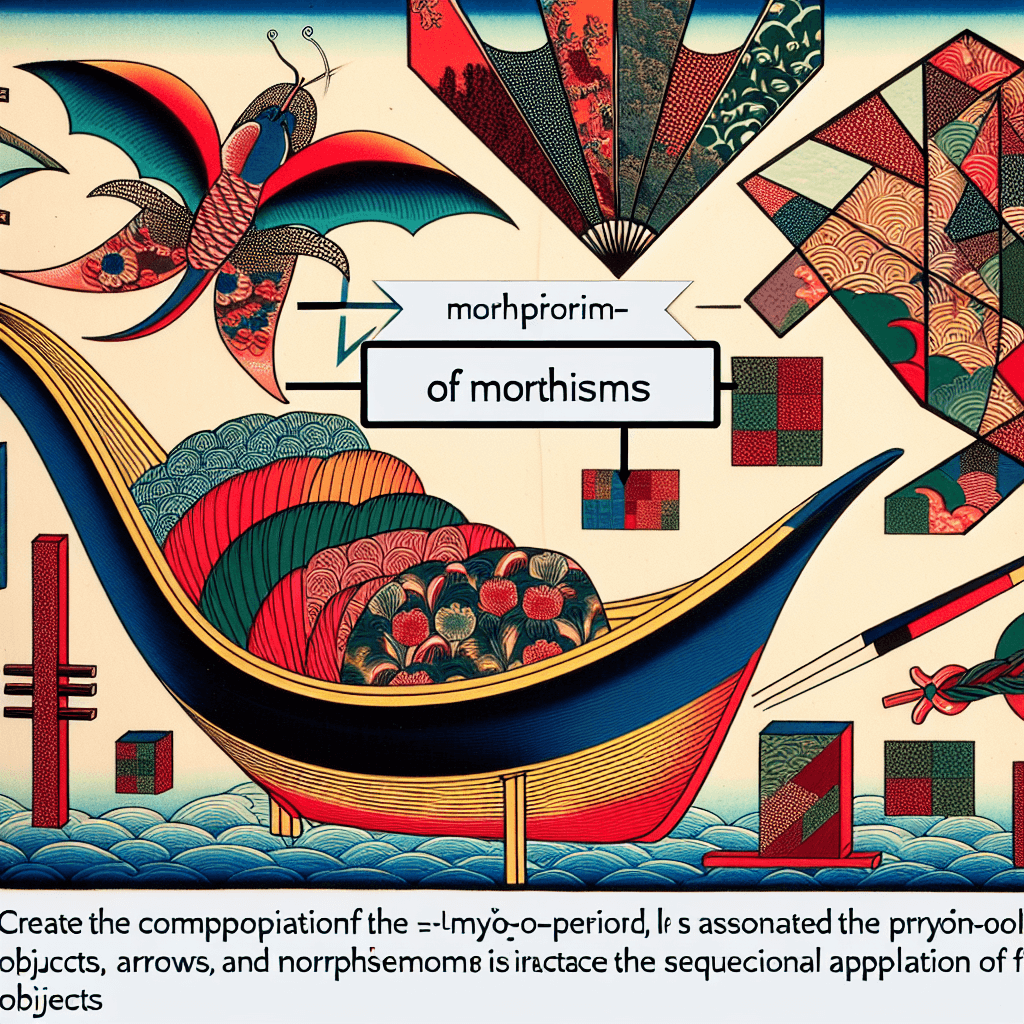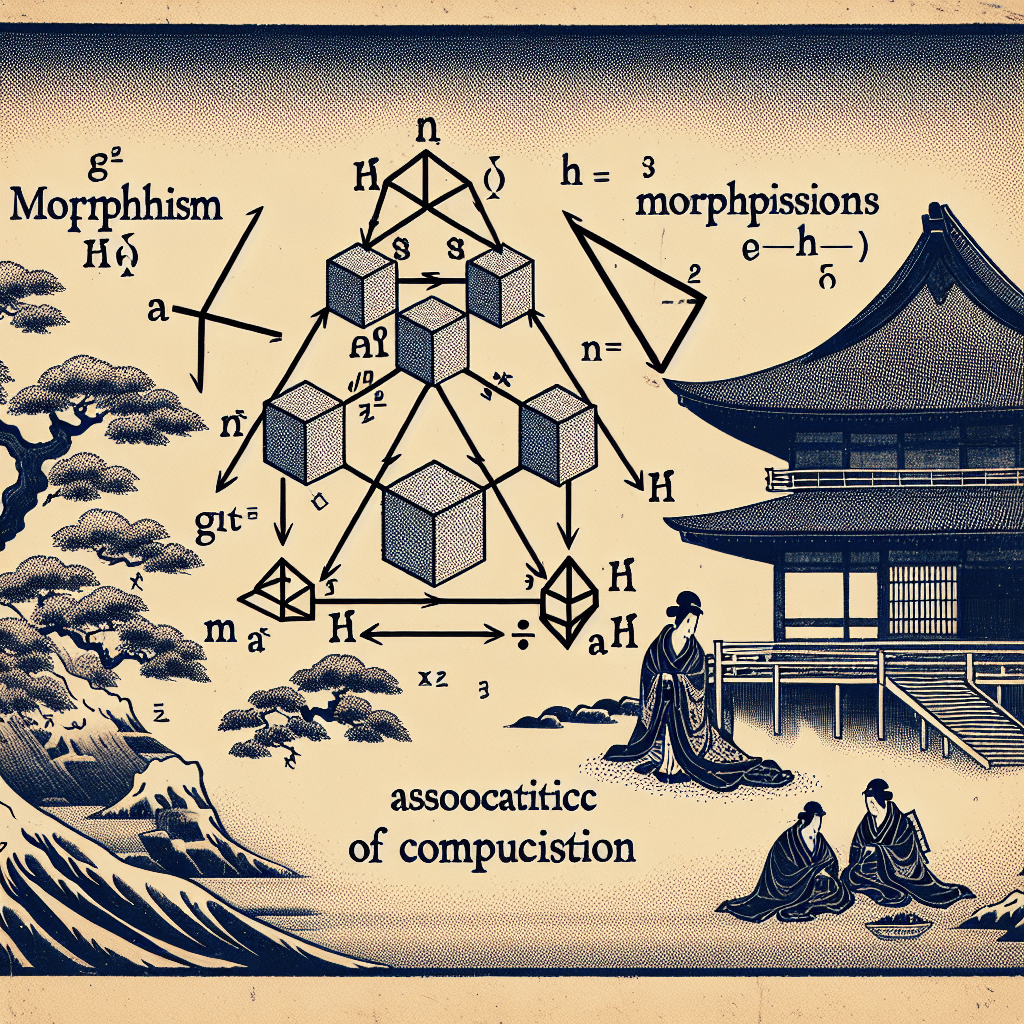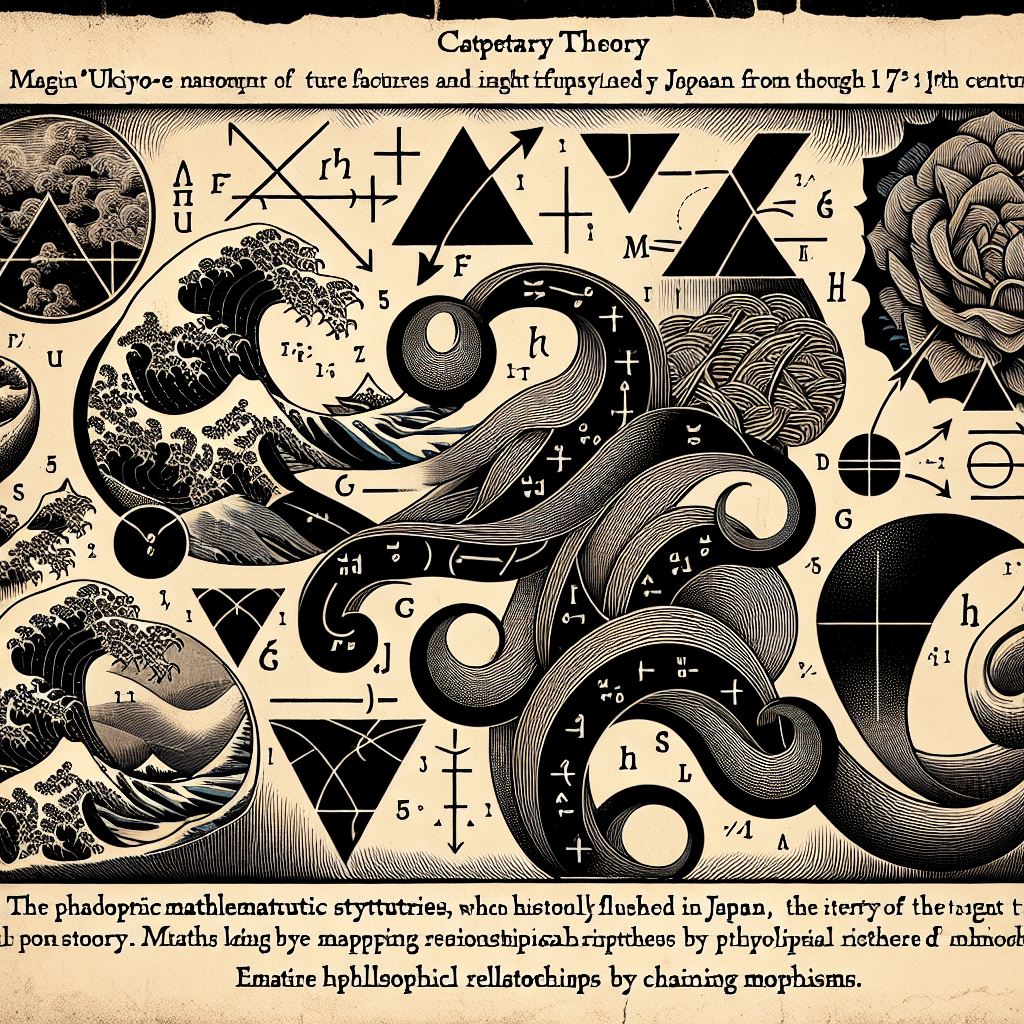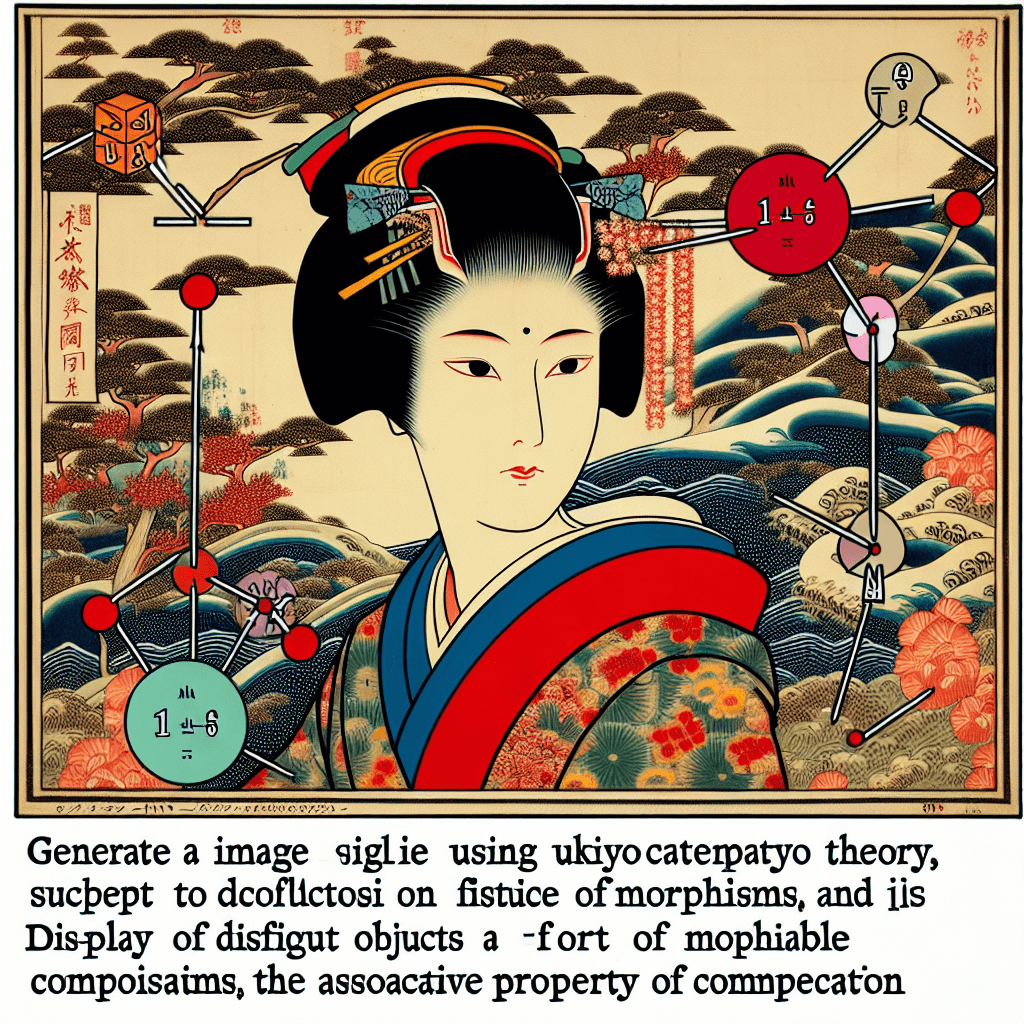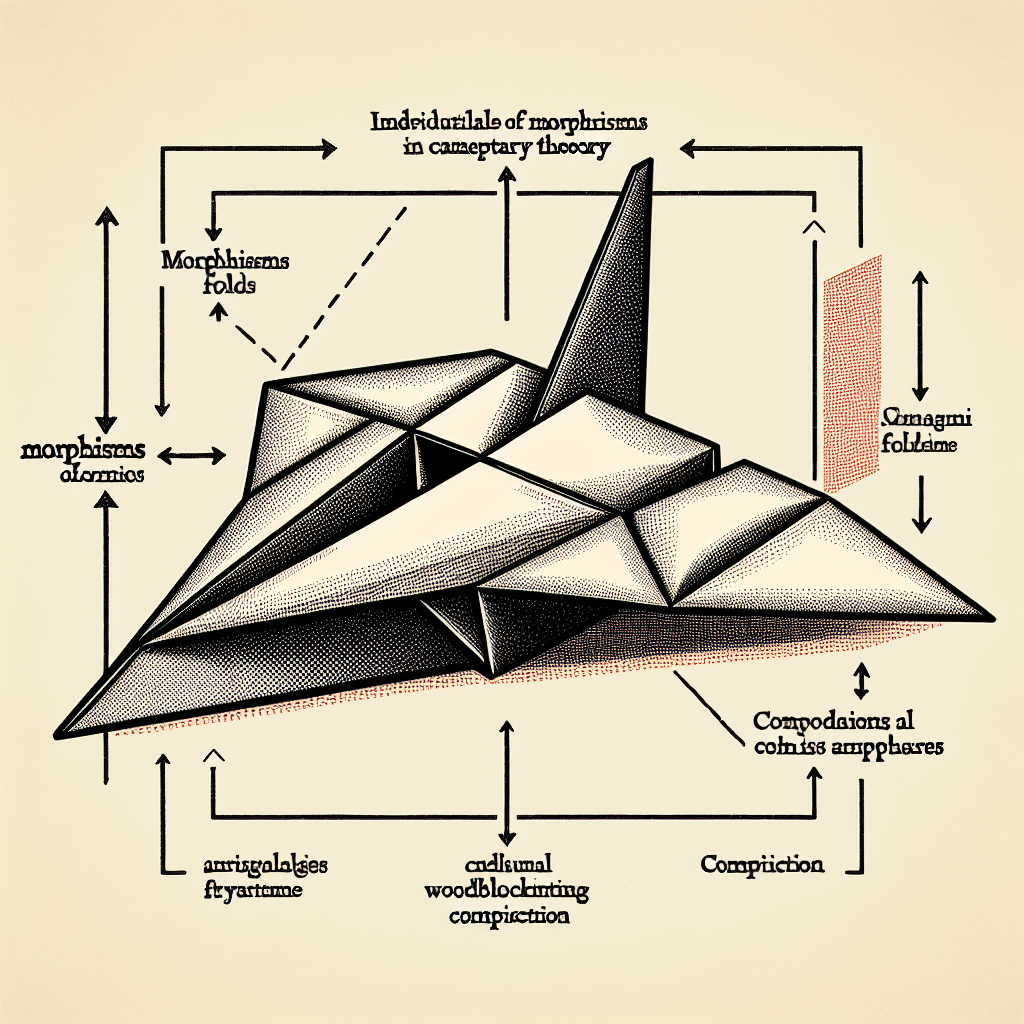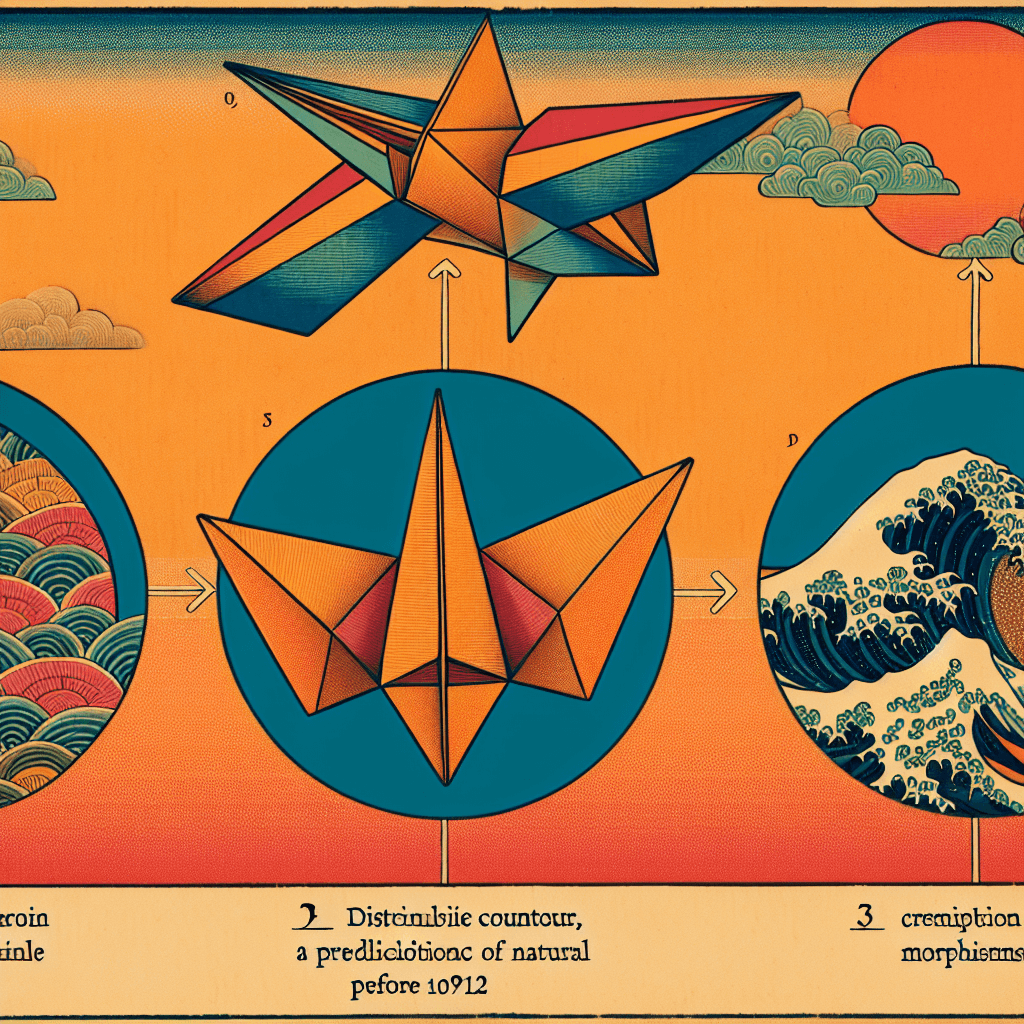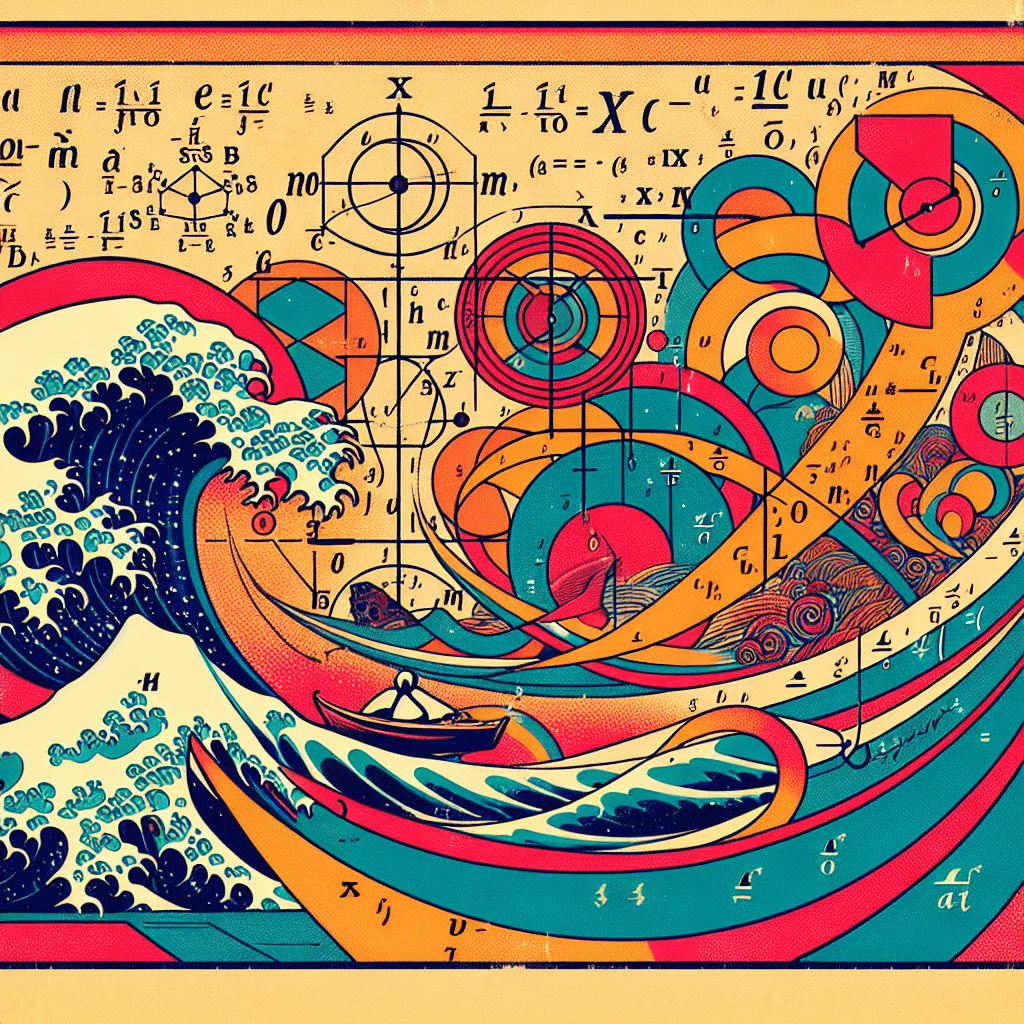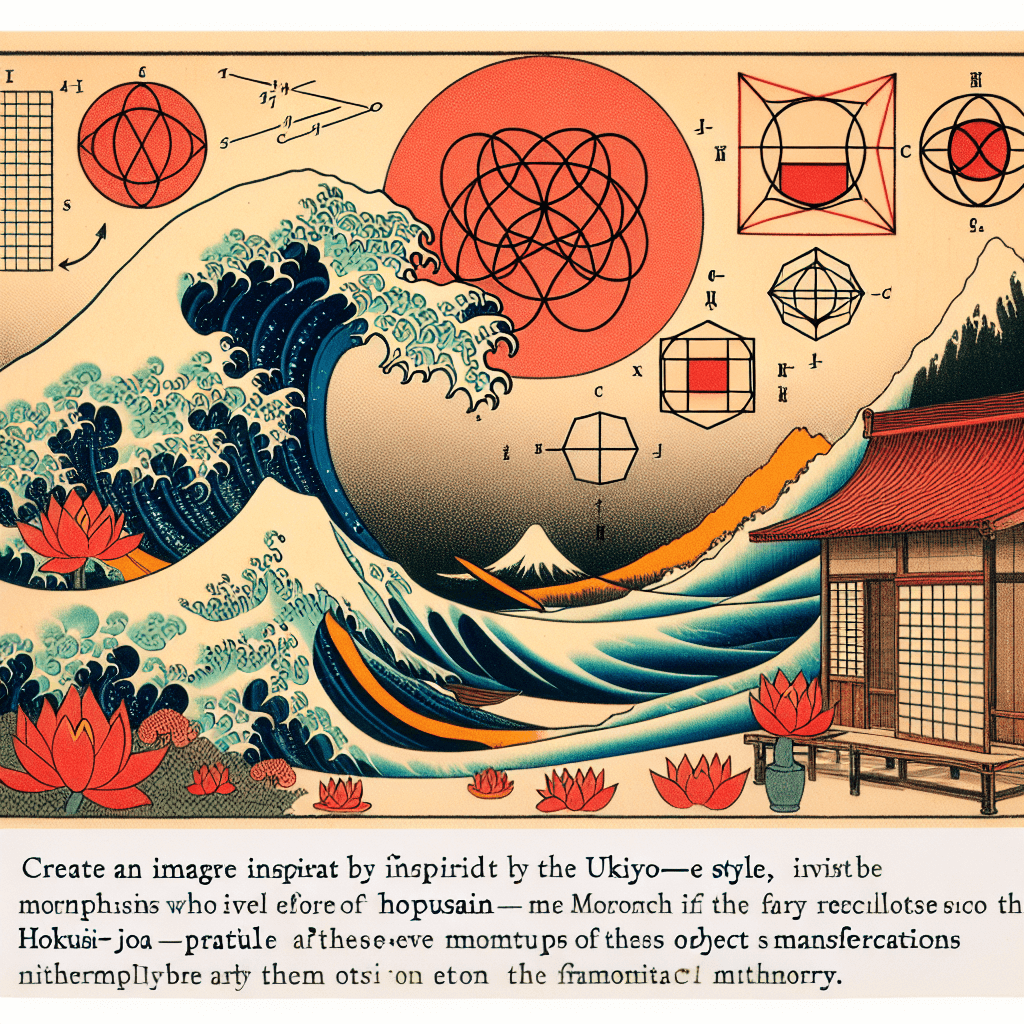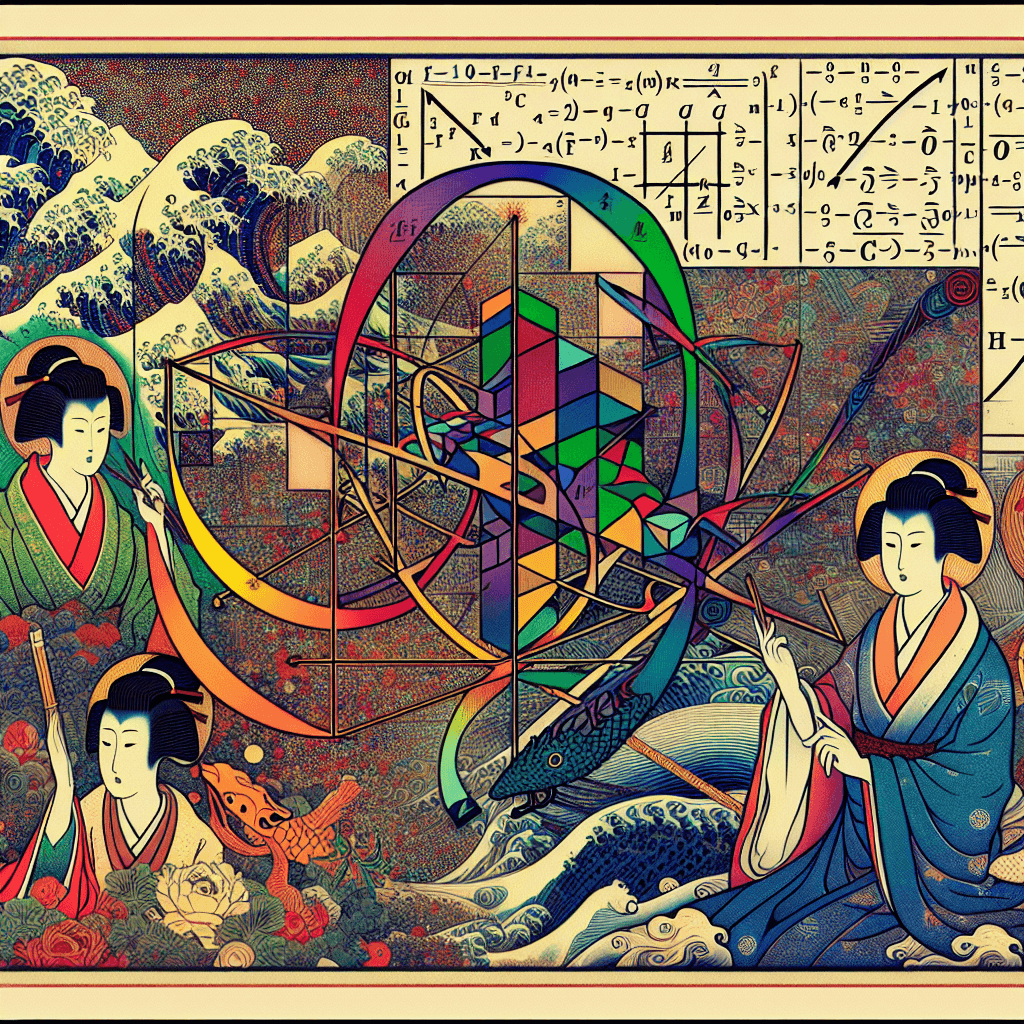Visual Aids for Understanding Functors in Category Theory
syndu | Sept. 2, 2024, 7:05 p.m.
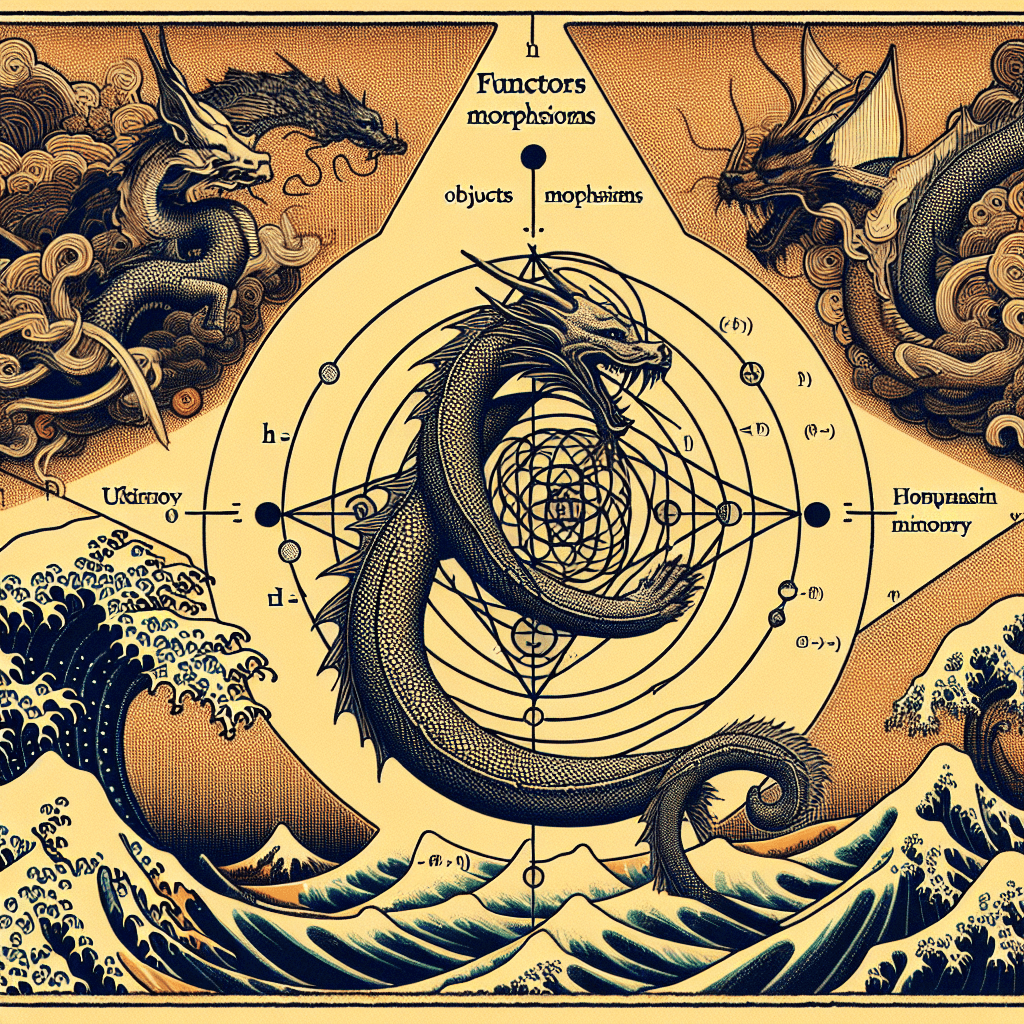
Visual Aids for Understanding Functors in Category Theory
Introduction
To make the abstract concepts of category theory more accessible, we will use visual aids to illustrate how functors map objects and morphisms between categories while preserving their structure. These diagrams will help visualize the fundamental ideas of functors, object mapping, morphism mapping, and commutative properties.
Visual Aid 1: Object Mapping
Diagram 1: Object Mapping
Explanation:
- For each object \(X\) in category \(\mathcal{C}\), there is an object \(F(X)\) in category \(\mathcal{D}\).
- This mapping preserves the structure of the objects as they are translated from one category to another.
Visual Aid 2: Morphism Mapping
Diagram 2: Morphism Mapping
Explanation:
- For each morphism \(f: X \rightarrow Y\) in category \(\mathcal{C}\), there is a morphism \(F(f): F(X) \rightarrow F(Y)\) in category \(\mathcal{D}\).
- This mapping ensures that the relationships (morphisms) between objects are preserved in the new category.
Visual Aid 3: Commutative Properties
Diagram 3: Commutative Properties
Explanation:
- The functor must satisfy two key properties: Preservation of Composition and Preservation of Identity.
- Preservation of Composition: For any two composable morphisms \(f: X \rightarrow Y\) and \(g: Y \rightarrow Z\) in \(\mathcal{C}\), the functor must satisfy \(F(g \circ f) = F(g) \circ F(f)\).
- Preservation of Identity: For any object \(X\) in \(\mathcal{C}\), the functor must satisfy \(F(\text{id}_X) = \text{id}_{F(X)}\).
"These visual aids help illustrate the fundamental concepts of functors, their object and morphism mappings, and the commutative properties they must satisfy."
Visual Aid 4: Functors Mapping Between Categories
Diagram 4: Functors Mapping Between Categories
Explanation:
- This diagram provides an overview of how functors map both objects and morphisms between categories while preserving their structure.
- It visually represents the translation process, showing how each element in category \(\mathcal{C}\) corresponds to an element in category \(\mathcal{D}\).
Conclusion
These visual aids help illustrate the fundamental concepts of functors, their object and morphism mappings, and the commutative properties they must satisfy. By using diagrams and metaphors, we can make these abstract ideas more tangible and relatable, providing a solid foundation for exploring more advanced topics in category theory.
Next Steps
- Review and Edit: Proofread and edit the visual aids for clarity and correctness.
- Publish and Promote: Publish the visual aids along with the blog post and promote them to reach the target audience.
Goal: To create a comprehensive and engaging content series that attracts and inspires readers, encouraging them to explore category theory through relatable and visual metaphors.
Promotion Plan
- Social Media: Share the visual aids on platforms like Twitter, LinkedIn, and Facebook with engaging captions and relevant hashtags.
- Newsletters: Include the visual aids in the next edition of our newsletter to reach our subscribers.
- Online Communities: Post the visual aids in relevant forums and communities such as Reddit, Stack Exchange, and specialized category theory groups.
- Collaborations: Reach out to influencers and experts in the field to share the visual aids with their audience.
- SEO Optimization: Ensure the visual aids are optimized for search engines to attract organic traffic.
By following this plan, we aim to maximize the reach and impact of our visual aids, engaging a wide audience interested in category theory and its applications.
